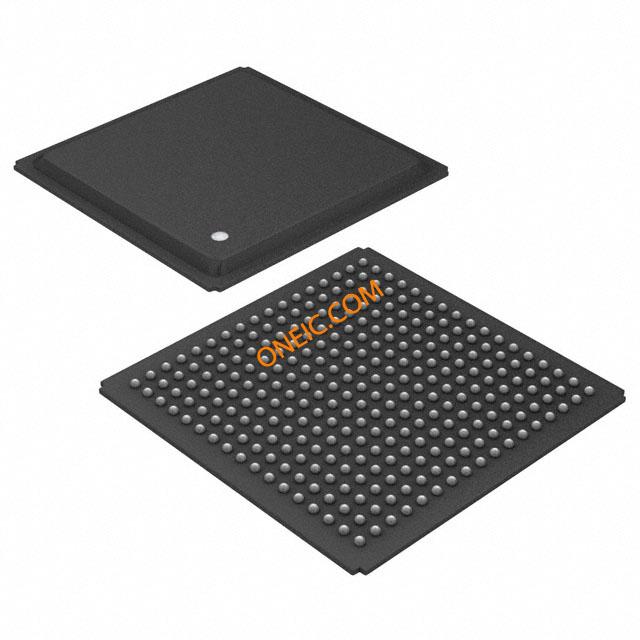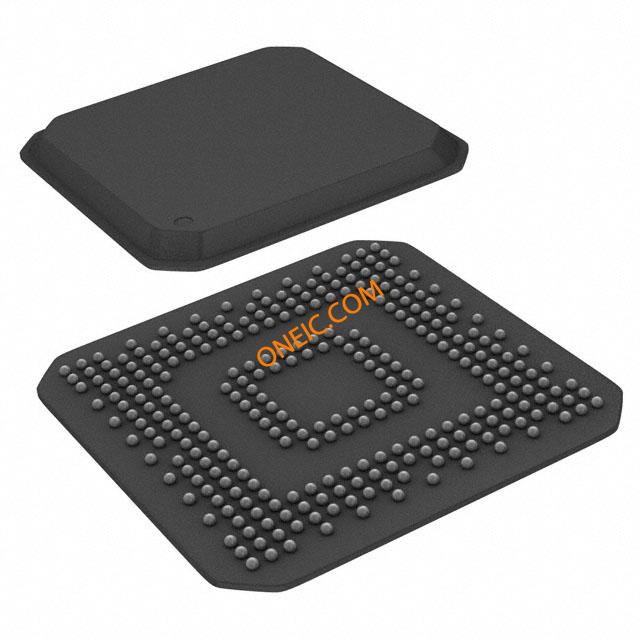OMAP5912
Dual-core application processors in 289-pin BGA packages
Manufacturer: ['analog-devices', 'rochester', 'ti']
series introduction
# OMAP5912 Product Series Introduction
## 1. Overview
The OMAP5912 is a highly significant and innovative product series developed by Texas Instruments. Standing for Open Multimedia Applications Platform, the OMAP5912 combines the power of a high - performance processor and a digital signal processor (DSP) on a single chip. This integration makes it an ideal solution for a wide range of applications that require both complex computing and real - time signal processing capabilities.
## 2. Key Components and Architecture
### 2.1 Processors
- **ARM926EJ - S Core**: The OMAP5912 features an ARM926EJ - S processor core. This ARM core is well - known for its high - performance and low - power consumption characteristics. It operates at a clock speed that can be configured according to the specific application requirements. The ARM926EJ - S core is capable of handling general - purpose computing tasks such as running operating systems, managing user interfaces, and executing application software. It supports a wide range of instruction sets, enabling efficient execution of code written in various programming languages.
- **TMS320C55x DSP**: Alongside the ARM core, the OMAP5912 includes a TMS320C55x digital signal processor. The DSP is optimized for real - time signal processing tasks, such as audio and video encoding/decoding, speech recognition, and sensor data processing. It has a high - speed data path and specialized instructions for performing complex mathematical operations quickly, making it highly efficient for signal - related applications.
### 2.2 Memory and Storage
- **Internal Memory**: The OMAP5912 has on - chip memory that provides fast access to data and instructions. This internal memory helps in reducing the latency associated with accessing external memory, thereby improving the overall system performance. It includes cache memory for the ARM core, which stores frequently accessed data and instructions, further enhancing the processing speed.
- **External Memory Interface**: It also features an external memory interface that allows for the connection of various types of external memory, such as SDRAM and flash memory. This expandability enables the system to have a large amount of memory for storing applications, data, and multimedia content.
### 2.3 Peripherals
- **Communication Interfaces**: The OMAP5912 is equipped with a variety of communication interfaces, including UART (Universal Asynchronous Receiver - Transmitter), SPI (Serial Peripheral Interface), and I2C (Inter - Integrated Circuit). These interfaces facilitate communication with other devices, such as sensors, actuators, and external modules. Additionally, it may support USB (Universal Serial Bus) interfaces, which are widely used for connecting to computers and other USB - enabled devices.
- **Display Interface**: For applications that require visual output, the OMAP5912 has a display interface. This interface can support different types of displays, such as LCD (Liquid Crystal Display) panels, allowing for the development of devices with graphical user interfaces.
## 3. Performance and Power Efficiency
### 3.1 Performance
- The combination of the ARM926EJ - S core and the TMS320C55x DSP provides the OMAP5912 with excellent performance. The ARM core can handle multitasking operations, running multiple applications simultaneously while the DSP takes care of the computationally intensive signal processing tasks. This division of labor ensures that the system can perform complex operations efficiently, such as running multimedia applications, performing real - time analytics, and managing network connections.
- The high - speed data transfer capabilities between the different components of the OMAP5912 also contribute to its overall performance. The internal bus architecture allows for fast communication between the ARM core, DSP, memory, and peripherals,
Images for reference

ZDY-289-BGA Pkg

ZZG-289-BGA Pkg

Image Preview